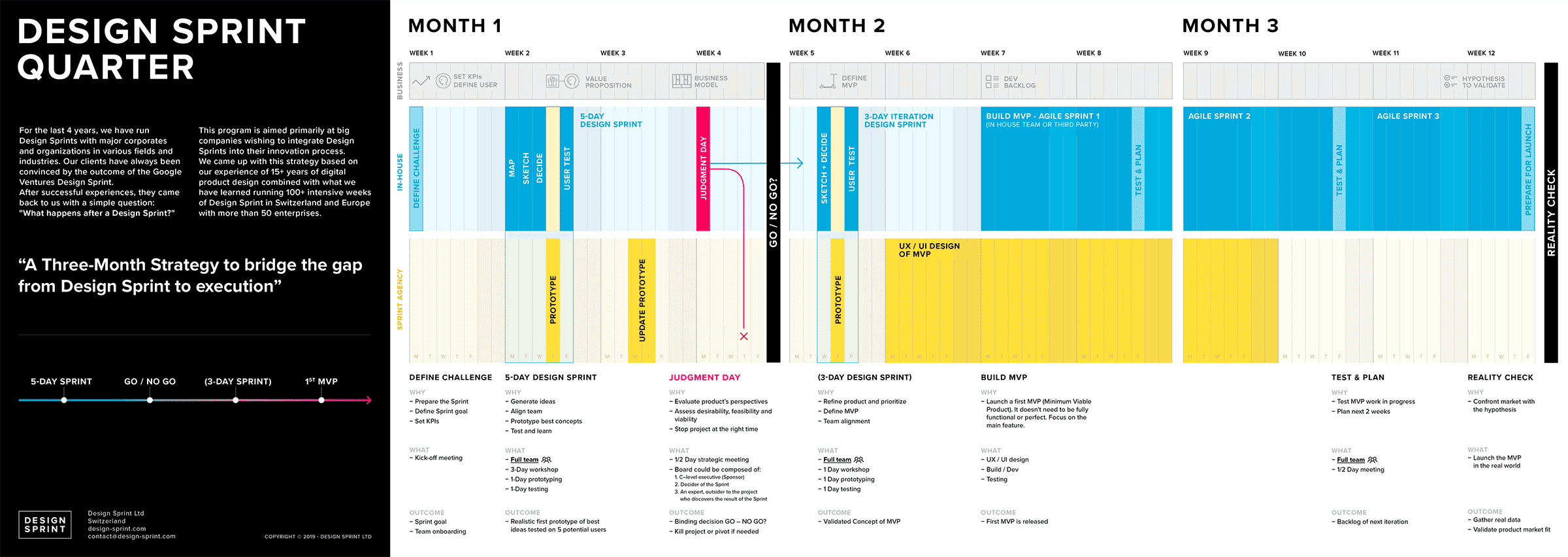What's a danger when using Design Sprints in large organizations?

In short: make sure to let decision makers know that the results of a Design Sprint aren't yet mature enough for implementation and need further testing. To do this, recommend clearly what's the next test to make.
Design Sprints are excellent for quickly generating first versions of a new service or product idea with a little bit of testing. But, one key danger for large organizations is how the results can be understood by decision-makers.
The Problem
When the prototypes and tests results of a Design Sprint are presented, decision-makers may assume that the solution is already mature and ready for implementation. This misunderstanding can lead to way too much investment and development, without making sure with additional testing that the concept is really solid.
In fact, the results of a design sprint are an early-stage exploration. They need additional prototyping, testing, and iteration before moving into implementation.
How I Address This
To fix this problem, I’ve adjusted how I present design sprint results:
Clear Next Steps: My reports now clearly show the need for further testing and refinement.
Recommendations for Incremental Testing: I show the next smallest step for validating and improving the idea.
Alternative Approaches

Other experts, like the lovely people behind the Swiss consultancy Design Sprint LTD, suggest a Design Sprint Quarter Strategy. This approach involves a series of sprints focused on deeper research, testing, and strategy development. This helps make sure that large organizations don't jump right away into implementation work that would cost a shit ton of money.